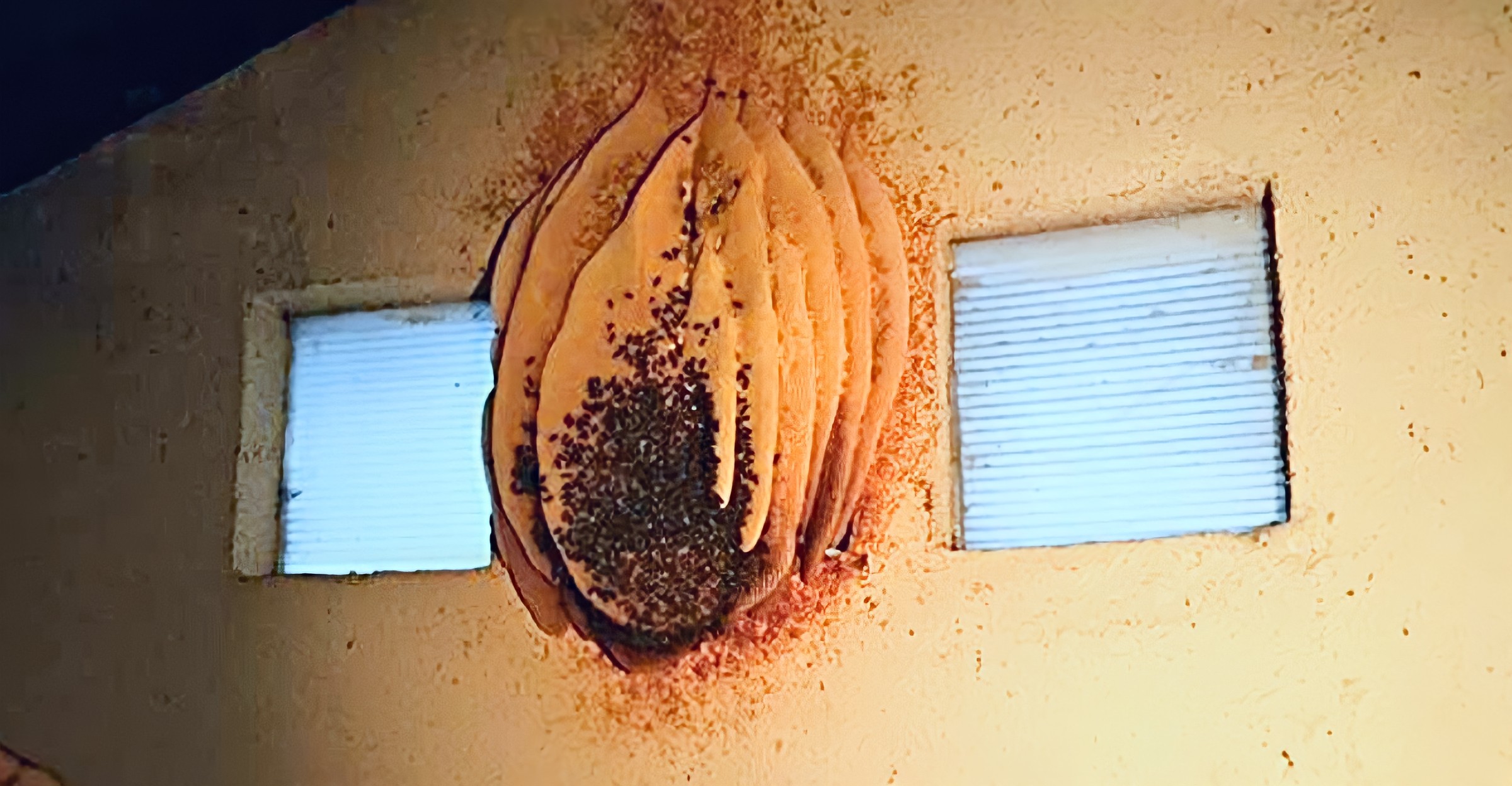
When we think of home, we envision a place of safety and comfort, but lurking in the shadows, walls, and even the attic, some of nature’s most troublesome creatures are making themselves at home. From venomous spiders and disease-carrying rodents to structural destroyers like termites, these invaders pose significant risks to both property and human health.
1. Brown Recluse Spiders
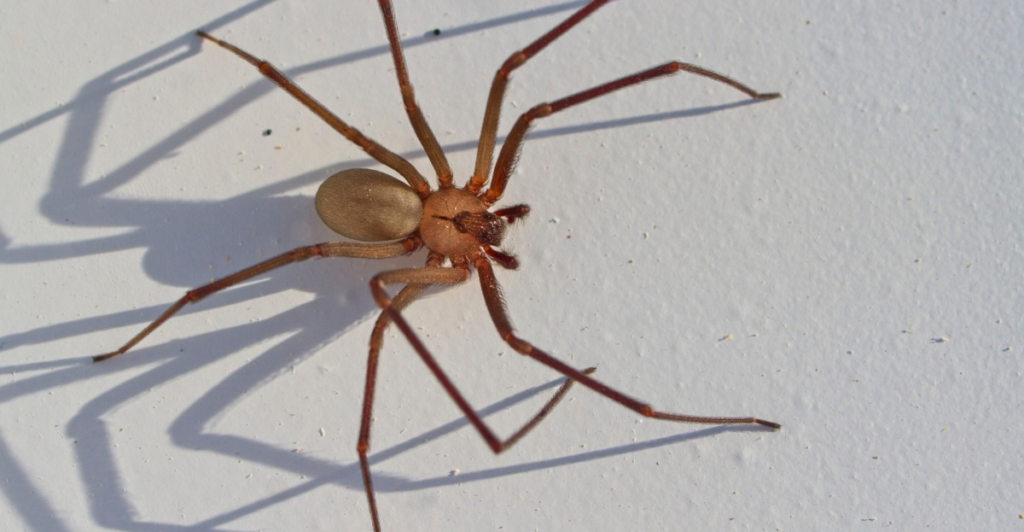
Brown recluse spiders are notorious for their potent venom and elusive nature. They prefer dark, secluded areas and are often found in closets, attics, and basements. Their bite can cause necrosis, a condition where the tissue around the bite dies. In severe cases, this can lead to large, open wounds that may require surgical intervention. Identifying brown recluse spiders can be challenging, but they typically have a violin-shaped marking on their cephalothorax.
2. Black Widow Spiders
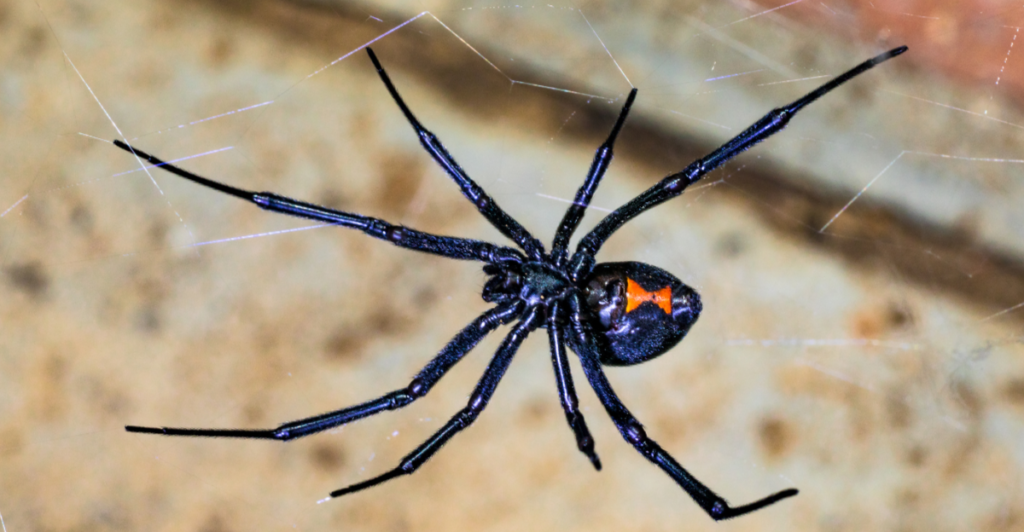
The black widow spider is easily recognizable by its glossy black body and distinctive red hourglass marking on the underside of its abdomen. Their venom is neurotoxic and can cause severe pain, muscle rigidity, and, in rare cases, nausea and difficulty breathing. Black widows typically build their webs in dark, undisturbed areas like garages, sheds, and woodpiles. While they’re not aggressive, they may bite when threatened or accidentally pressed against the skin.
3. Rodents

Rodents pose multiple threats to human health and property. They can transmit diseases such as hantavirus, leptospirosis, and salmonellosis through their droppings, urine, and saliva. Their constant gnawing can damage electrical wiring, potentially causing fires, and their nesting habits can destroy insulation and other building materials. Rodents are also known to contaminate food supplies, leading to significant waste and potential health hazards.
4. Termites
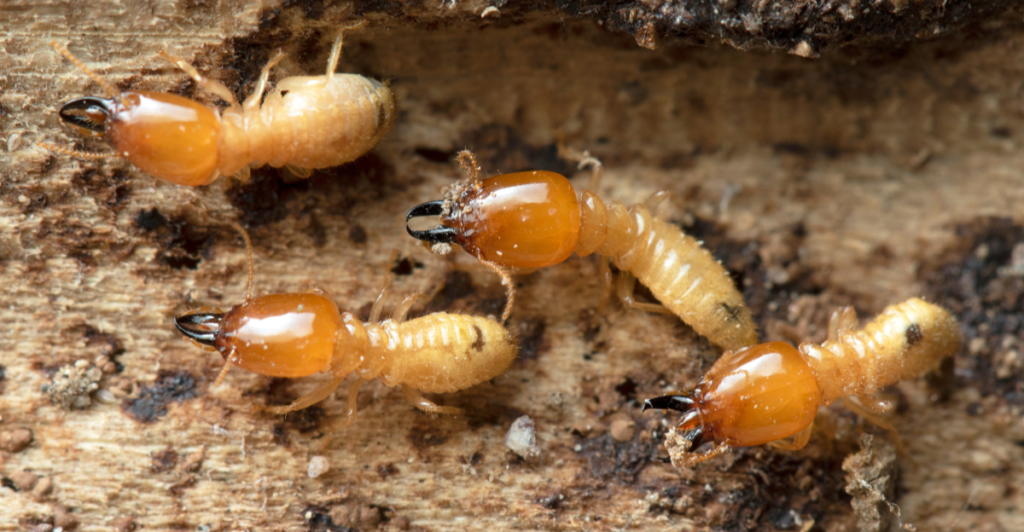
These tiny insects cause massive destruction to wooden structures in homes. There are several species of termites in the U.S., with subterranean termites being the most destructive. They build mud tubes to access food sources and remain hidden within the wood they’re consuming. Early signs of termite infestation include discarded wings, mud tubes on exterior walls, and hollow-sounding wood when tapped.
5. Cockroaches
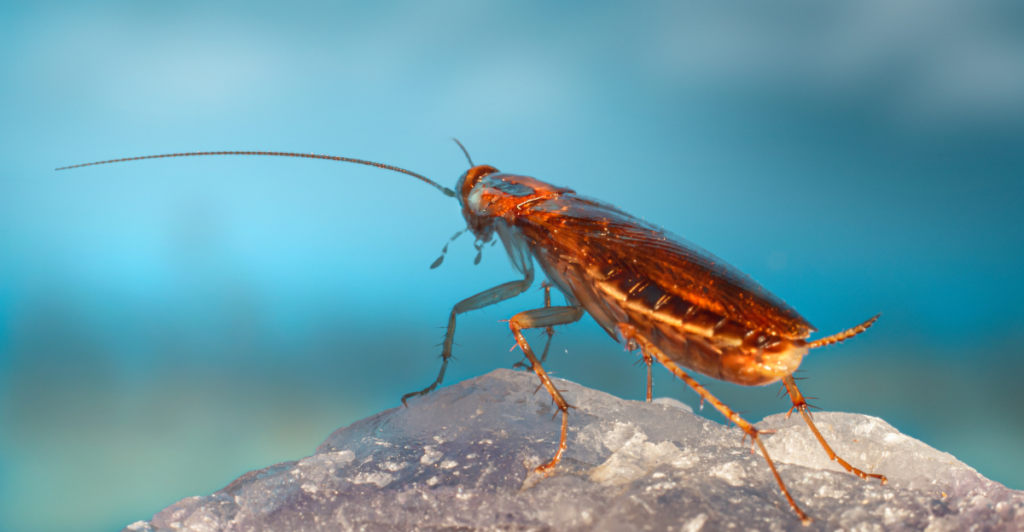
Cockroaches are not just unsightly; they’re a significant health hazard. They can spread all kinds of bacteria, including E. coli and Salmonella, six types of parasitic worms, and at least seven other human pathogens. Their shed skin and droppings can trigger asthma attacks, especially in children. Cockroaches are resilient and can survive in various environments, making them difficult to eradicate once established.
6. Bees and Wasps
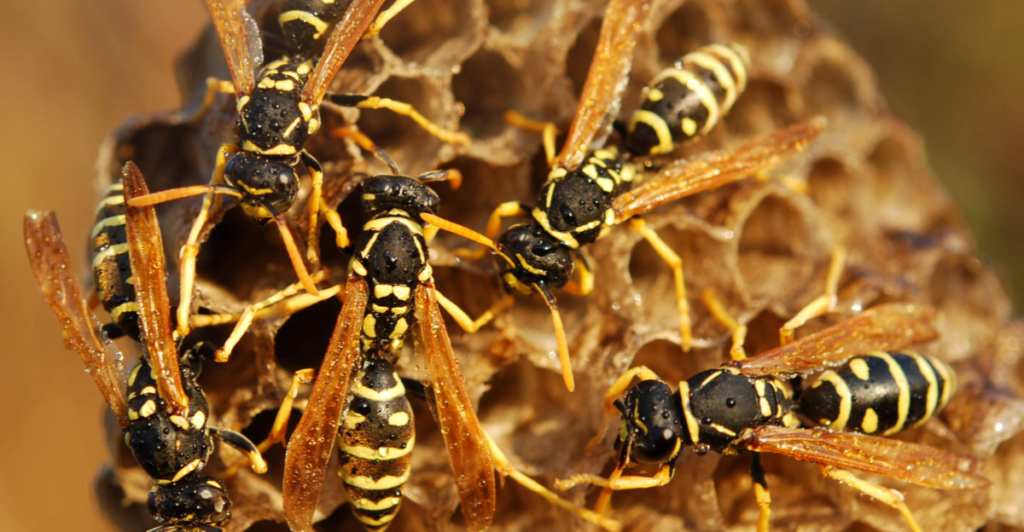
While crucial for pollination, bees and wasps can pose serious risks when they nest near human habitats. Their stings can cause severe allergic reactions in some individuals, potentially leading to anaphylaxis. Certain species, like yellow jackets, can be particularly aggressive when their nests are disturbed. Paper wasps often build nests under eaves and in attics, while carpenter bees can cause structural damage by boring into wood.
7. Mosquitoes

These flying insects are more than just a nuisance. In the U.S., they can transmit West Nile virus, Eastern equine encephalitis, and in some regions, dengue and Zika viruses. Mosquitoes breed in standing water, so eliminating sources of stagnant water around homes is crucial for control. Some species can even breed in small amounts of water found in clogged gutters or discarded containers.
8. Ticks

Ticks are external parasites that can transmit a variety of diseases, including Lyme disease, Rocky Mountain spotted fever, and babesiosis. They often enter homes on pets or clothing after outdoor activities. Once inside, they can hide in carpets, furniture, and bedding. Regular checks of pets and proper landscaping techniques can help reduce tick populations around homes.
9. Bed Bugs
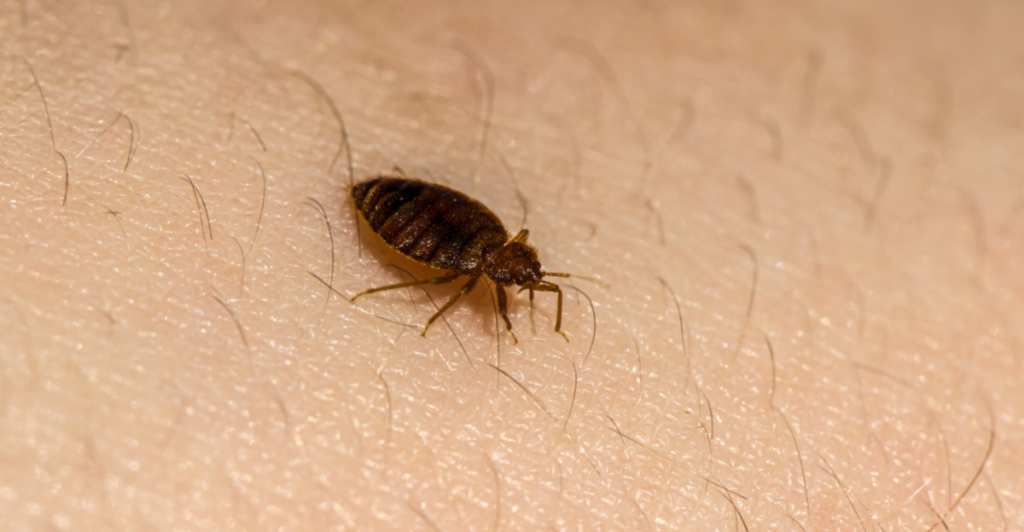
These small, flat insects feed on human blood and can cause itchy, red bites. While they don’t transmit diseases, their presence can lead to anxiety, insomnia, and allergic reactions in some people. Bed bugs are excellent hitchhikers, often entering homes via luggage, used furniture, or clothing. They’re notoriously difficult to eradicate and often require professional pest control services.
10. Scorpions
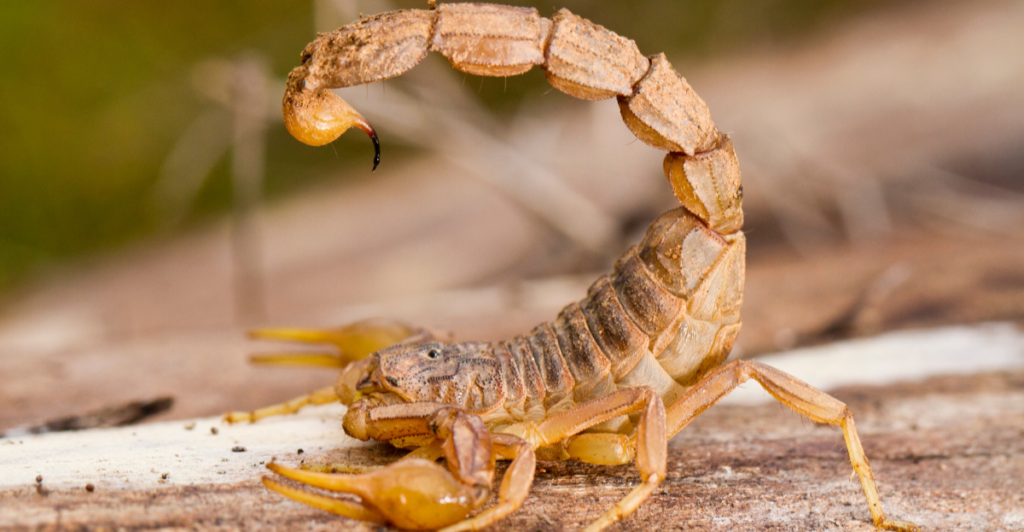
In the southwestern United States, scorpions can be a common household pest. While most scorpion stings are painful but not dangerous, the bark scorpion’s venom can cause severe symptoms, especially in young children and older adults. Scorpions are attracted to cool, moist areas and can enter homes through small cracks and crevices.
11. Bats
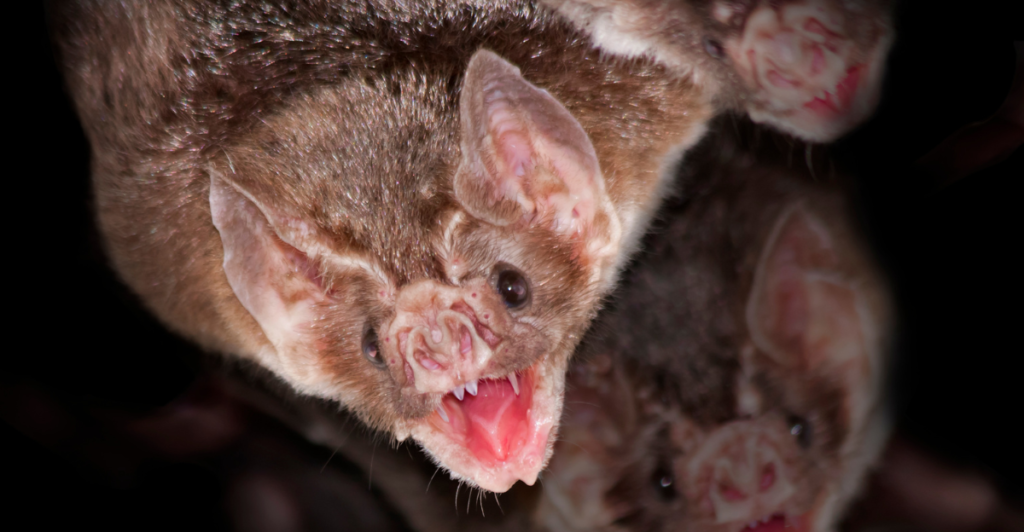
Bats play a crucial role in ecosystems but can become problematic when they roost in homes. They can enter through small openings and establish colonies in attics or wall voids. Bat droppings can accumulate, leading to structural damage and the growth of histoplasmosis-causing fungi. While rare, bats can also transmit rabies.
12. Raccoons
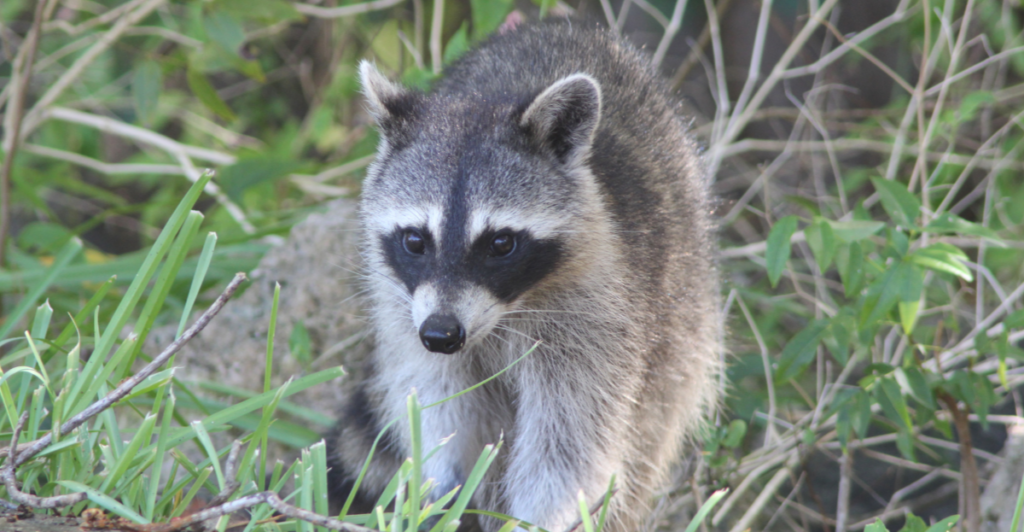
These intelligent mammals can cause extensive damage to homes, particularly to roofs, chimneys, and attics. They can tear off shingles, rip through soffits, and contaminate attic insulation with their droppings. Raccoons can carry rabies and roundworms, posing health risks to humans and pets. They’re attracted to easily accessible food sources like unsecured trash cans and pet food left outdoors.
Discover more of our trending stories and follow us to keep them appearing in your feed

7 Most Dangerous Creatures Commonly Found Lurking in American Homes
The 4 Most Dangerous Creatures You’ll Find in Wisconsin Lakes
California Is Breaking Apart: A Fault Line Is Forming Faster Than Anyone Predicted
The War on Cows Is Over—And Green Extremists Have Lost
This article first appeared here
Stay connected with us for more stories like this! Follow us to get the latest updates or hit the Follow button at the top of this article, and let us know what you think by leaving your feedback below. We’d love to hear from you!







